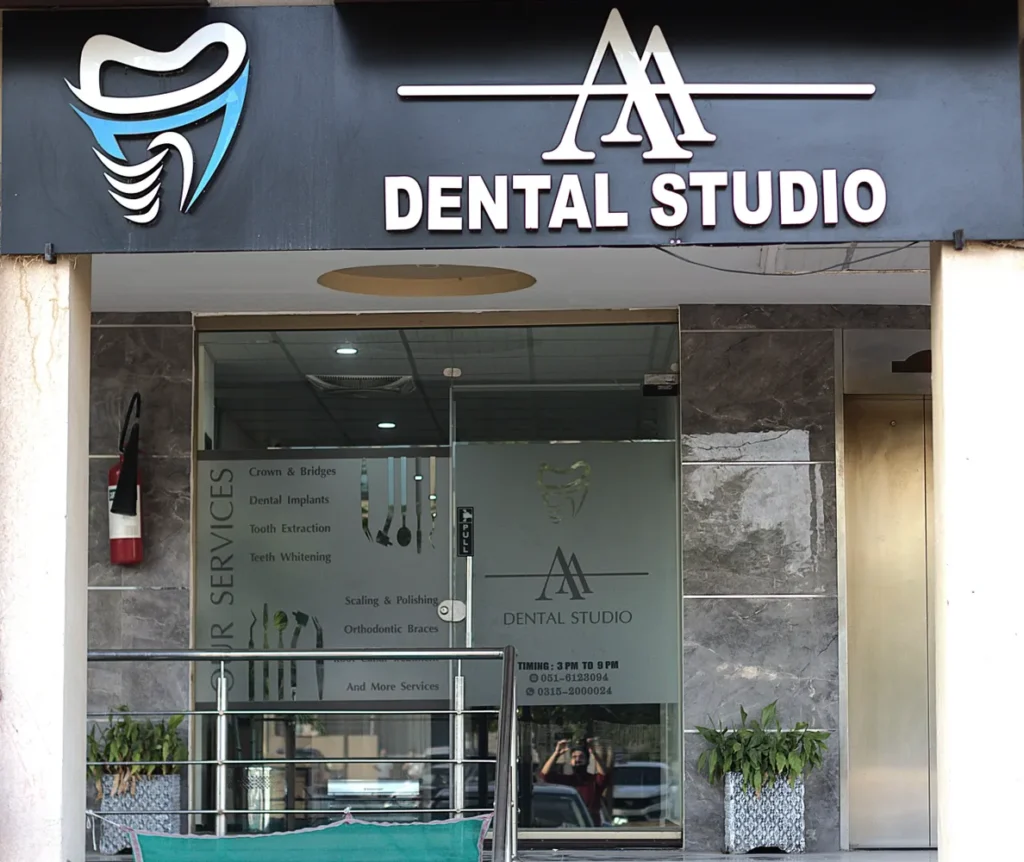
Welcome TO AA Dental Studio Best Dental Clinic In Bahria Town Rawalpindi
20% Discount On All Dental Packages At AA Dental Studio!
Discounts does not involve orthodontic treatments.
Keep yourself updated via our website and social media accounts
For Further Information regarding packages
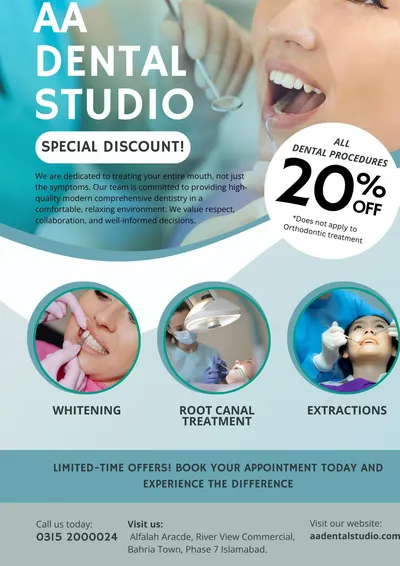
Welcome To Best Dental Clinic In Bahria Town Rawalpindi
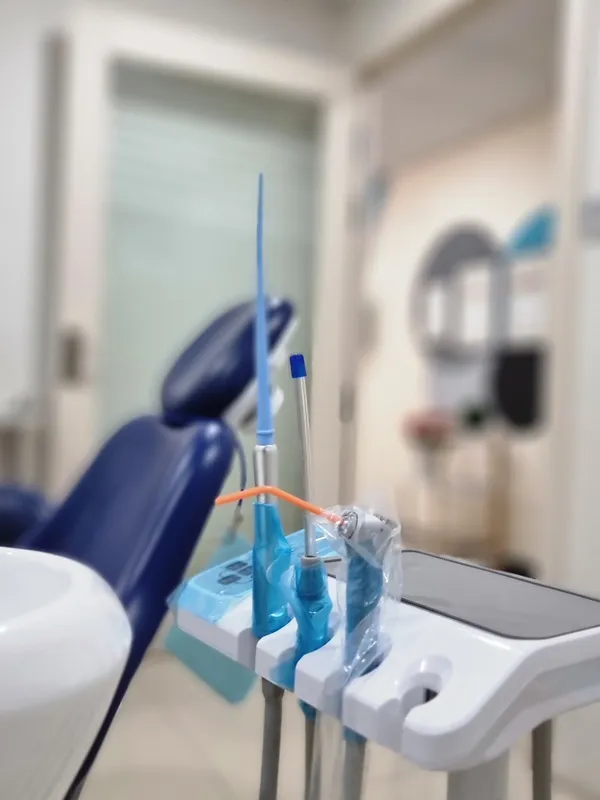
Best Dentist in Rawalpindi & Islamabad – AA Dental Studio
At AA Dental Studio, we provide comprehensive dental care, from routine check-ups and professional teeth cleaning to advanced treatments like root canals, dental implants, and wisdom tooth extractions. Recognized as the best dental clinic in Rawalpindi and Islamabad especially in the vicinity of Bahria Town and DHA, we specialize in cosmetic dentistry, including veneers, crowns, and professional teeth whitening, as well as orthodontic solutions like metal braces and clear aligners.
Our state-of-the-art technology and strict hygiene protocols ensure safe, precise, and comfortable treatments. If you’re looking for a top-rated dentist near me, visit AA Dental Studio for expert care and a confident smile.
Meet the Best Dentists in Rawalpindi & Islamabad – AA Dental Studio
At AA Dental Studio, our highly skilled and compassionate dental team is dedicated to providing exceptional dental care in Rawalpindi and Islamabad especially in the vicinity of Bahria Town and DHA. Our top-rated dentists and specialists offer personalized treatments tailored to your needs, ensuring optimal oral health and a confident smile.
We specialize in general dentistry, cosmetic dentistry, orthodontics, and maxillofacial surgery, utilizing cutting-edge technology and a patient-centered approach. Whether you need a routine check-up, dental implants, braces, veneers, or wisdom tooth extraction, our experts deliver the highest standard of care.
Visit the best dental clinic in Rawalpindi and Islamabad for expert dental solutions that prioritize your smile and comfort.
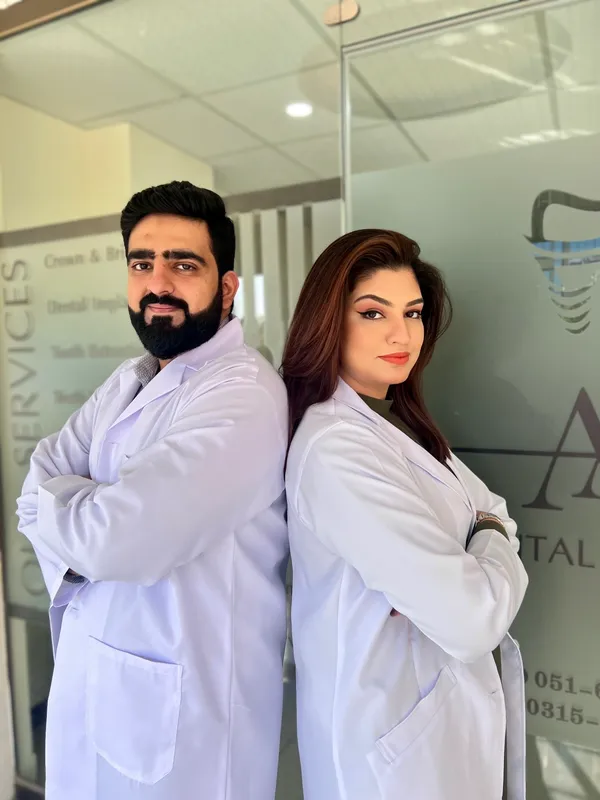

Hassle-Free Payment Options at AA Dental Studio
At AA Dental Studio, we ensure a smooth and convenient billing experience by accepting a variety of payment methods. Whether you’re visiting for a routine check-up, cosmetic dentistry, orthodontic treatment, or dental implants, we make payments easy and stress-free.
We gladly accept:
- Cash
- Debit Cards
- Credit Cards
- Online Payments
As a top-rated dental clinic in Rawalpindi and Islamabad especially in the vicinity of Bahria Town and DHA, we prioritize your comfort and convenience, both in treatment and payment options. If you’re searching for a dentist near me that offers flexible payment solutions, visit AA Dental Studio for exceptional dental care with seamless billing.
Get in Touch with AA Dental Studio – Book Your Appointment Today!
Have a question or want to schedule an appointment?
At AA Dental Studio, we’re here to help! Whether you need information about dental treatments, payment options, or appointment scheduling, our friendly team is ready to assist you.
📞 Call Us Now for expert dental care in Rawalpindi, Islamabad, Bahria Town, and DHA.
📍 Visit the best dental clinic near you and experience top-rated treatment in a comfortable, patient-friendly environment.
- Same-Day Appointments Available
- Emergency Dental Care
- Affordable, High-Quality Services
Contact AA Dental Studio today and take the first step toward a healthy, beautiful smile!
What Our Customer Says
Trustindex verifies that the original source of the review is Google. Dr Farrukh is absolutely brilliant. Pain free, smooth, deep scaling. 🤙🏻Trustindex verifies that the original source of the review is Google. I went for orthodontist consultation, everything was fine, but 3000Rs just for consultation only is kind of crazy.Trustindex verifies that the original source of the review is Google. I recently visited Dr. Ali for a dental procedure, and I was thoroughly impressed with the entire experience. Dr ali is an exceptional dentist who took the time to explain everything in detail, answered all my questions, and put me at ease throughout the entire process. The procedure was seamless, and I barely felt a thing! The clinic is also spotlessly clean and modern. I would highly recommend Dr ali to anyone looking for top-notch dental care. Five stars isn't enough - I'd give them ten stars if I could! 😊👍Trustindex verifies that the original source of the review is Google. I recently visited AA Dental studio for a crowning procedure, and I'm really satisfied with the treatment. Dr. Ali explained everything clearly, made sure I was comfortable, and the process was smooth and painless. The crown looks natural and fits perfectly.Highly recommended.Trustindex verifies that the original source of the review is Google. Professional team, friendly environment. Highly recommend.Trustindex verifies that the original source of the review is Google. I am very happy with all the services provided by aa dental studio, Dr. Ali is highly professional and one of the best dentists available in rawalpindi and islamabad. I got my restorations done from Dr. Ali and i am highly satisfied. Will highly recommend to everyone 🦷Trustindex verifies that the original source of the review is Google. I recently had my teeth whitening treatment done at AA Dental Studio, and I couldn’t be more pleased with the results. From the moment I walked in, the clinic exuded professionalism, warmth, and a sense of calm. Dr. Ali Asif was exceptional, not only in his clinical expertise, but also in his ability to make me feel completely at ease throughout the entire process. He explained everything thoroughly, answered all my questions with patience, and ensured I was comfortable at every step. The results exceeded my expectations. My smile is visibly brighter, yet natural-looking, which was exactly what I was hoping for. The procedure was gentle and meticulously done, and the aftercare instructions were clear and easy to follow. I highly recommend AA Dental Studio for anyone considering cosmetic dental treatments. The service, the ambiance, and above all, Dr. Asif’s commitment to excellence, truly set this clinic apart.Trustindex verifies that the original source of the review is Google. I had an exceptional experience at AA Dental Studio with Dr. Ali Asif. From the moment I walked in, I was treated with professionalism and care. Dr. Ali provided excellent guidance and took the time to thoroughly discuss my tooth pain and treatment options. I went through a completely pain-free root canal treatment for my molar tooth, and I couldn't be more satisfied with the results. The entire process was smooth, comfortable, and handled with utmost expertise. I highly recommend everyone to visit AA Dental Studio for any dental issues — their dedication to patient care is truly outstanding!Trustindex verifies that the original source of the review is Google. Truly Exceptional Orthodontic Care! I couldn't be happier with my experience at AA Dental Studio! From start to finish, the orthodontic treatment I received was top-notch. The team is incredibly professional, knowledgeable, and genuinely caring. They took the time to explain every step of the process and made sure I was comfortable throughout. My results have exceeded my expectations – my smile has never looked better! The clinic is modern, spotless, and welcoming, and appointments always ran smoothly and on time. Special thanks to the orthodontist and support staff for their dedication and attention to detail. If you're considering orthodontic treatment, I highly recommend AA Dental Studio. They truly go above and beyond!Verified by TrustindexTrustindex verified badge is the Universal Symbol of Trust. Only the greatest companies can get the verified badge who has a review score above 4.5, based on customer reviews over the past 12 months. Read more
See Our Health In Action
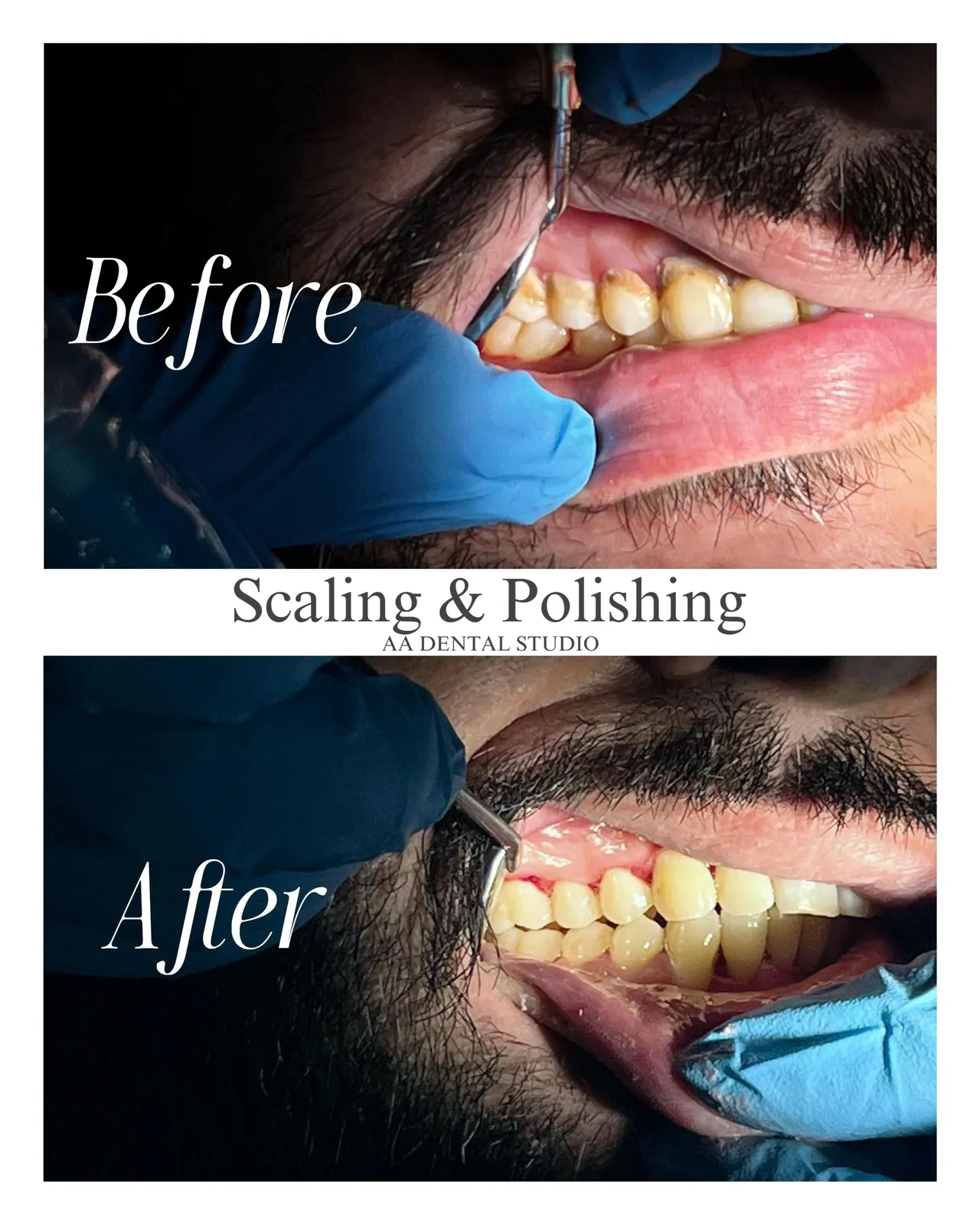
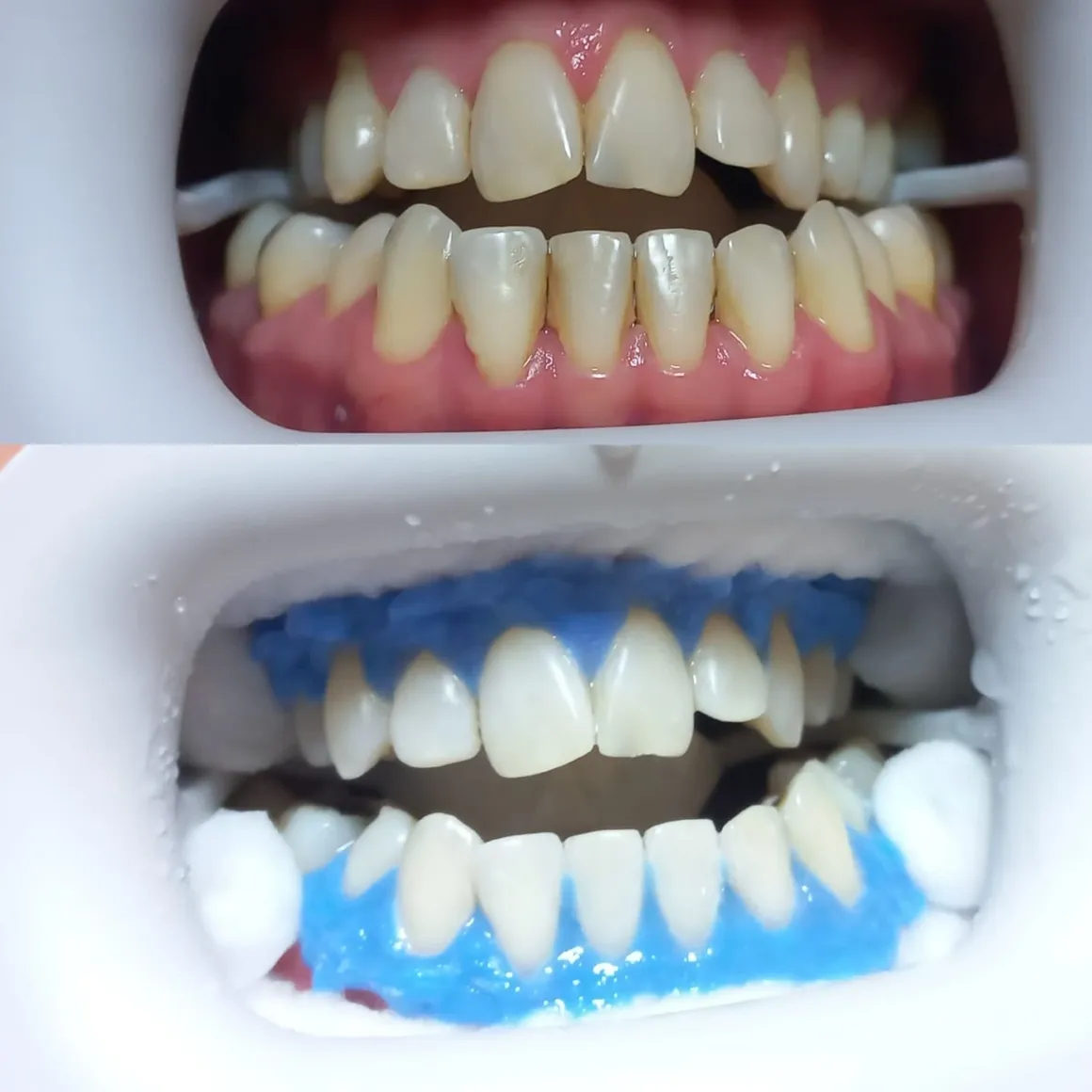
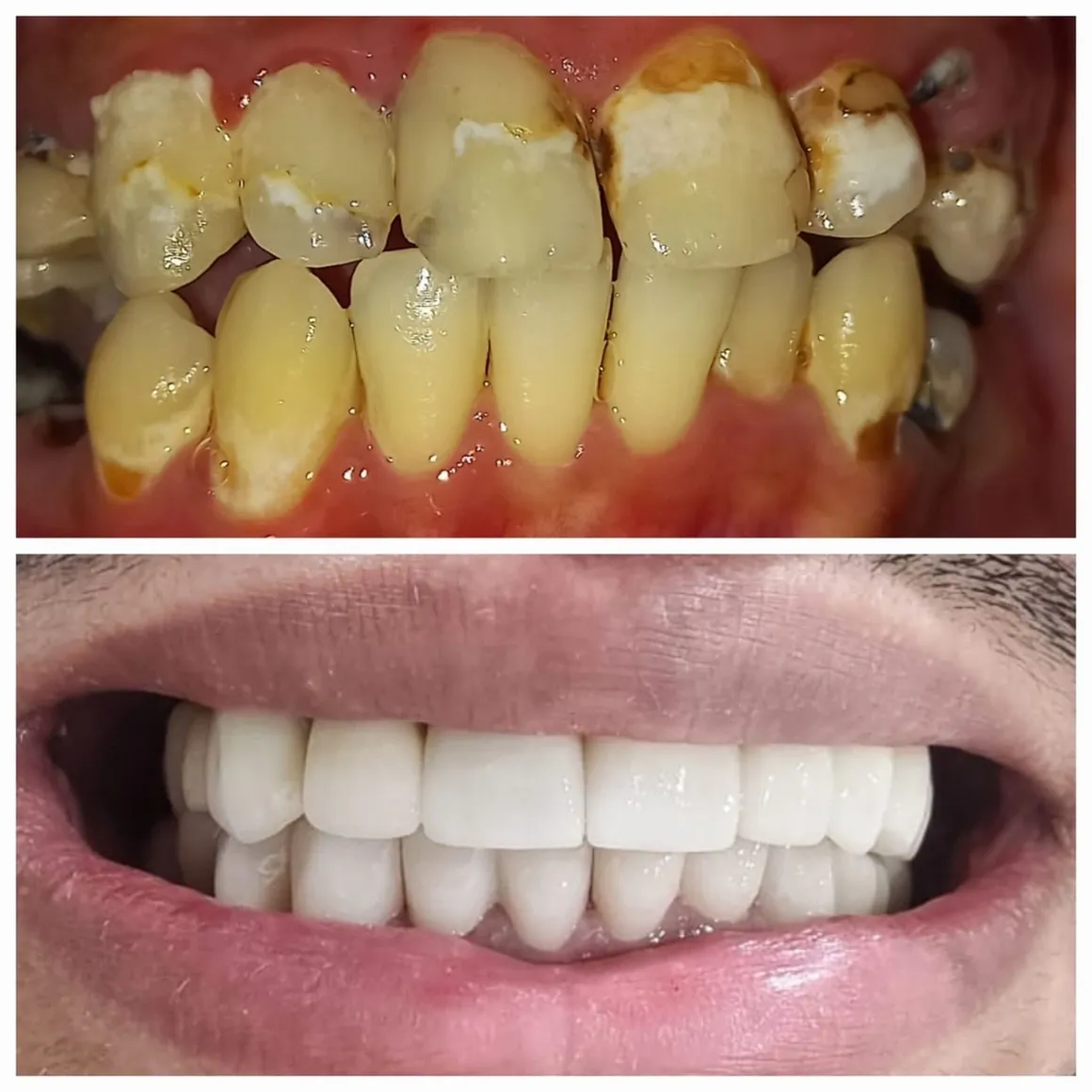
Follow us on social media for updates
Frequently Asked Questions (FAQ) At AA Dental Studio
How often should I visit the dentist?
For optimal oral health, it’s generally recommended to visit the dentist every six months for routine check-ups and cleanings. Regular visits help in early detection and prevention of dental issues such as cavities, gum disease, and oral cancer. However, your dentist may suggest a different schedule based on your individual needs, such as if you have specific dental conditions or a higher risk of oral health issues. Regular check-ups ensure your smile stays healthy and bright
What are the signs of gum disease?
Signs of gum disease include:
- Gum Redness and Swelling: Inflamed gums that appear red rather than pink.
- Bleeding Gums: Gums that bleed during brushing, flossing, or eating.
- Persistent Bad Breath: Ongoing bad breath or a bad taste in your mouth.
- Receding Gums: Gums that pull away from your teeth, making them appear longer.
- Loose or Shifting Teeth: Teeth that feel loose or have shifted position.
- Pain or Discomfort: Gum pain or discomfort when chewing.
If you notice any of these symptoms, it’s important to see a dentist promptly to prevent the progression of gum disease.
How can I prevent cavities?
To prevent cavities, follow these effective practices:
- Brush Regularly: Brush your teeth twice a day with fluoride toothpaste to remove plaque and food particles.
- Floss Daily: Floss between your teeth daily to remove plaque and debris that a toothbrush can’t reach.
- Limit Sugary Foods and Drinks: Reduce your intake of sugary snacks and beverages, as they contribute to cavity formation.
- Eat a Balanced Diet: Incorporate fruits, vegetables, and dairy products into your diet to support oral health.
- Drink Water: Rinse your mouth with water after meals to help wash away food particles and reduce acid buildup.
- Use Mouthwash: Use an antibacterial mouthwash to help reduce plaque and bacteria.
- Regular Dental Check-ups: Visit your dentist regularly for professional cleanings and exams to catch any early signs of cavities.
- Apply Dental Sealants: Consider dental sealants, which are protective coatings applied to the chewing surfaces of molars to prevent decay.
By maintaining good oral hygiene and making healthy lifestyle choices, you can significantly reduce your risk of developing cavities.
What can I do about bad breath?
To address bad breath, consider the following steps:
- Improve Oral Hygiene: Brush your teeth twice a day with fluoride toothpaste and floss daily to remove food particles and plaque.
- Brush Your Tongue: Use your toothbrush or a tongue scraper to clean your tongue, as bacteria can accumulate there.
- Use Mouthwash: Use an antibacterial mouthwash to help kill bacteria and freshen your breath.
- Stay Hydrated: Drink plenty of water to keep your mouth moist and help wash away food particles and bacteria.
- Chew Sugar-Free Gum: Chewing gum can stimulate saliva production, which helps neutralize odors and cleanse the mouth.
- Avoid Certain Foods: Limit foods known to cause bad breath, such as garlic, onions, and spicy foods.
- Quit Smoking: Smoking can contribute to bad breath and damage gum tissue, so quitting can improve oral health.
- Regular Dental Visits: Visit your dentist regularly for check-ups and cleanings to address any underlying dental issues that may contribute to bad breath.
- Check for Medical Conditions: Persistent bad breath could indicate an underlying medical condition, so consult your healthcare provider if it continues despite good oral hygiene.
These steps can help manage and reduce bad breath, leading to a fresher, healthier mouth.
Does a root canal hurt?
A root canal procedure is often associated with some discomfort, but it is generally not as painful as many people expect. Here’s what you should know:
- Anesthesia: During the procedure, local anesthesia is used to numb the affected tooth and surrounding area, so you shouldn’t feel pain while the dentist works.
- Discomfort: After the anesthesia wears off, it’s normal to experience some discomfort or mild soreness in the treated area. This discomfort is usually manageable with over-the-counter pain relievers and should subside within a few days.
- Procedure: The procedure involves removing the infected or damaged pulp from inside the tooth, cleaning and disinfecting the root canals, and then sealing them. Modern techniques and advanced technology have made root canals more comfortable than in the past.
- Recovery: Following the procedure, you may experience tenderness in the tooth and surrounding gums, but this should improve as the area heals. If you experience severe pain or prolonged discomfort, it’s important to contact your dentist.
Overall, a root canal is designed to relieve pain caused by an infected tooth and to save the tooth from extraction, leading to a healthier smile.
What can I do about tooth sensitivity?
To manage and reduce tooth sensitivity, consider the following steps:
- Use Desensitizing Toothpaste: Choose a toothpaste specifically designed for sensitive teeth. These products contain compounds that help block the pathways to the nerves inside your teeth.
- Brush Gently: Use a soft-bristled toothbrush and avoid brushing too hard, which can wear down enamel and exacerbate sensitivity.
- Avoid Acidic Foods and Drinks: Limit your intake of acidic foods and beverages like citrus fruits, soda, and wine, as they can erode enamel and increase sensitivity.
- Rinse with Fluoride: Use fluoride mouthwash or apply fluoride gel to strengthen enamel and reduce sensitivity.
- Consider a Dental Sealant: Your dentist can apply a protective sealant to sensitive areas of your teeth to shield them from triggers.
- Maintain Good Oral Hygiene: Regular brushing and flossing help prevent gum disease and enamel erosion, which can contribute to sensitivity.
- Protect Your Teeth from Grinding: If you grind your teeth, use a night guard to protect your enamel and reduce sensitivity.
- Address Gum Recession: If gum recession is causing sensitivity, consult your dentist for potential treatments to restore gum tissue.
- Visit Your Dentist: Regular dental check-ups are essential. Your dentist can diagnose the cause of your sensitivity and recommend appropriate treatments or adjustments.
By following these steps, you can often manage tooth sensitivity and enjoy more comfortable oral health.
How long do dental fillings last?
The longevity of dental fillings depends on several factors, including the type of filling material, your oral hygiene habits, and the location of the filling. Here’s a general guide:
- Composite Fillings: Typically last 5 to 7 years. These are tooth-colored fillings used for visible areas and may wear down faster than other materials due to their softer nature.
- Amalgam Fillings: Generally last 10 to 15 years. Made from a blend of metals, amalgam fillings are durable and commonly used for fillings in the back teeth.
- Ceramic Fillings: Can last 10 to 15 years. These are made from porcelain and are highly durable and resistant to staining, often used for both visible and non-visible areas.
Factors Affecting Longevity:
- Oral Hygiene: Good brushing and flossing practices can extend the life of your fillings.
- Diet: Avoiding hard or sticky foods can prevent premature wear or damage.
- Regular Check-ups: Regular dental visits help monitor the condition of your fillings and allow for early intervention if issues arise.
- Wear and Tear: Fillings in areas with heavy chewing forces may wear out more quickly.
If you notice any changes in your fillings, such as discomfort, sensitivity, or visible damage, it’s important to contact your dentist for evaluation and potential replacement.
Are dental X-rays safe?
Yes, dental X-rays are generally safe. They use a very small amount of radiation, which minimizes risk. Here are key points about the safety of dental X-rays:
- Low Radiation Exposure: Dental X-rays involve significantly less radiation than other types of medical imaging. Modern X-ray machines are designed to use minimal radiation to capture clear images.
- Lead Aprons and Thyroid Collars: To further protect patients, dental professionals use lead aprons and thyroid collars to shield the body from unnecessary radiation.
- Frequency: Dental X-rays are only taken when necessary, based on your dental health needs and history. Your dentist will determine the appropriate frequency for X-rays based on your specific situation.
- Digital X-Rays: Many dental practices use digital X-ray technology, which reduces radiation exposure compared to traditional film X-rays. Digital X-rays also provide immediate, high-resolution images for accurate diagnosis.
- Regulations and Safety Standards: Dental X-ray equipment is subject to strict safety regulations and regular maintenance to ensure it operates safely and effectively.
If you have concerns about dental X-rays, discuss them with your dentist, who can explain the necessity and safety measures associated with the procedure.
How do I maintain good oral hygiene at home?
Maintaining good oral hygiene at home is crucial for keeping your teeth and gums healthy. Here are some essential tips:
- Brush Twice Daily: Use a fluoride toothpaste and a soft-bristled toothbrush to brush your teeth for at least two minutes, morning and night. Brush all surfaces of your teeth, including the front, back, and chewing surfaces.
- Floss Daily: Flossing removes plaque and food particles between your teeth and along the gumline that your toothbrush can’t reach. Use dental floss or an interdental cleaner once a day.
- Use Mouthwash: An antimicrobial or fluoride mouthwash can help reduce plaque, fight gum disease, and strengthen enamel. Rinse according to the product’s instructions.
- Maintain a Healthy Diet: Limit sugary and acidic foods and beverages, which can contribute to tooth decay. Include plenty of fruits, vegetables, and water in your diet to support oral health.
- Stay Hydrated: Drinking water helps wash away food particles and bacteria from your mouth. It also helps keep your saliva levels up, which is important for neutralizing acids and protecting your teeth.
- Replace Your Toothbrush Regularly: Change your toothbrush or toothbrush head every three to four months, or sooner if the bristles are frayed.
- Avoid Tobacco Products: Smoking and chewing tobacco can lead to gum disease, tooth loss, and oral cancer. Quitting tobacco improves overall oral health.
- Schedule Regular Dental Check-ups: Visit your dentist at least twice a year for professional cleanings and check-ups. Regular visits help catch any potential issues early and keep your oral health in top condition.
By following these steps consistently, you can maintain excellent oral hygiene and contribute to long-term dental health.
What is the difference between a crown and a filling?
Dental Crowns vs. Fillings: Key Differences
1. Purpose:
- Crown: Covers and protects a severely damaged or weakened tooth, often after a root canal, restoring its shape, size, and function.
- Filling: Repairs a tooth affected by decay by removing the decayed part and filling it, typically used for smaller areas of damage.
2. Application:
- Crown: Requires reshaping the tooth, taking an impression, and placing a custom crown, usually in two visits.
- Filling: Involves cleaning the cavity and placing the filling material, generally completed in a single visit.
3. Coverage:
- Crown: Encapsulates the entire visible portion of the tooth above the gum line.
- Filling: Restores only the decayed area, preserving the surrounding tooth structure.
4. Durability:
- Crown: Provides long-lasting protection for extensively damaged teeth.
- Filling: Suitable for smaller repairs but may need replacement over time, especially under heavy chewing stress.
In summary, crowns offer comprehensive repair and protection, while fillings address localized decay.
When should I consider braces or clear aligners?
You should consider braces or clear aligners when:
- Crooked Teeth: If your teeth are misaligned or crooked, braces or clear aligners can help straighten them, improving both appearance and functionality.
- Overbite or Underbite: If you have an overbite (upper teeth protruding over lower teeth) or an underbite (lower teeth protruding beyond upper teeth), braces or aligners can correct the bite and improve your bite alignment.
- Crowded Teeth: When teeth overlap due to insufficient space in the jaw, braces or aligners can help create room and align the teeth properly.
- Gaps Between Teeth: If you have noticeable gaps between your teeth, orthodontic treatment can close these gaps and improve the overall alignment of your teeth.
- Uneven Spacing: If your teeth have uneven spacing, braces or aligners can help to evenly space the teeth for a more balanced smile.
- Jaw Alignment Issues: If you experience discomfort or issues with your jaw alignment, orthodontic treatment can address these issues and improve your overall bite.
- Aesthetic Goals: If you desire a straighter, more aligned smile for cosmetic reasons, both braces and clear aligners offer effective solutions depending on your preference and orthodontic needs.
- Functional Issues: If misaligned teeth are causing difficulty in chewing, speaking, or maintaining oral hygiene, orthodontic treatment can resolve these functional problems.
Braces are traditional metal or ceramic brackets that are fixed to the teeth and connected with wires, while clear aligners are removable, virtually invisible trays that gradually move the teeth into place. Your dentist or orthodontist can assess your specific needs and recommend the best option for achieving optimal results.
What is the recovery time for dental implants?
The recovery time for dental implants varies depending on several factors, but here’s a general overview:
- Initial Healing: After the dental implant is placed, it usually takes about 3 to 6 months for the implant to fuse with the jawbone in a process called osseointegration. During this period, the implant integrates with the bone and becomes a stable base for the final restoration.
- Post-Placement Recovery: In the first few days following the implant surgery, you may experience swelling, discomfort, and minor bleeding. These symptoms typically subside within a week. Over-the-counter pain relievers and proper oral hygiene can help manage these symptoms.
- Soft Tissue Healing: The gum tissue around the implant should heal within 2 to 3 weeks. This period involves monitoring the implant site and ensuring that the gums are healthy and healing properly.
- Final Restoration: Once osseointegration is complete, a final restoration (such as a crown) is placed on the implant. The time to get the final restoration can vary based on the type of implant and the specific needs of your case.
- Overall Recovery: While initial healing and integration take several months, most patients return to normal activities within a few days after the surgery. Full functionality and optimal results are generally achieved once the implant and restoration are in place, which can be around 6 to 8 months from the initial surgery.
It’s important to follow your dentist’s or oral surgeon’s post-operative care instructions to ensure a smooth recovery and successful integration of the implant. Regular follow-up visits will be scheduled to monitor progress and address any concerns.
Visit AA Dental Studio – Your Trusted Dental Clinic in Bahria Town, Rawalpindi
Looking for the best dentist near you?
Find us at:
📍 Shop #3, Upper Ground Floor, Alfalah Arcade, River View Commercial, Bahria Expressway, Phase 7, Bahria Town, Rawalpindi, 44000.
- Easily Accessible Location in the heart of Bahria Town
- Serving Rawalpindi, Islamabad, DHA, and nearby areas
- Top-rated dental care with advanced technology
For affordable, high-quality dental treatments, book your appointment today at AA Dental Studio – your go-to dental clinic in Rawalpindi and Islamabad!
